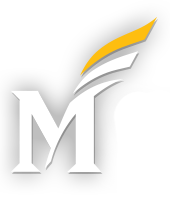
When we think about assigning writing and writing activities in our courses, we often think about it in terms of the number of words or pages we want students to produce over the course of the semester. In some cases, such as with Writing Intensive courses, we might even have a specific number of words students are expected to produce, or a program or department might require a specific number of written assignments and activities for a specific course.
Earlier this semester, we asked the question “What Counts as Writing?” and drew upon Dorothy A. Winsor’s “What Counts as Writing? An Argument from Engineers’ Practice” and Patricia Dunn’s Talking, Sketching, Moving: Multiple Literacies in the Teaching of Writing to explore how our disciplinary-based writing practices and conventions may look quite different than traditional essayistic-based academic genres — the research paper, the argument paper, the explanatory paper — and how we can use multiple ways of knowing and knowledge production teach and support writing. Another way we can answer the question of “What Counts as Writing?” is to ask ourselves what we intend to achieve in our classroom and how writing can help us achieve those goals.
Writing to Learn
Writing to learn involves students engaging in writing and writing activities to think through and explore key concepts and ideas, think through issues and topics that are part of their course work, and/or practice conventions and forms of writing. Often, writing-to-learn activities are short, informal, low-stakes assignments. Journals, discussion board posts, short-response papers, reading summaries, and student-generated discussion prompts are all forms of writing to learn.
By asking students to share, discuss, and compare, and analyze their writing-to-learn activities, these activities can also become opportunities for peer-teaching and peer-learning, both of which are effective educational tools. While these activities tend to be short and informal, they count as writing, both in terms of assignments and in the numbers of words students produce.
And, as we saw in our earlier discussion of what Winsor and Dunn had to tell us about what counts as writing, we can recognize that writing-to-learn activities can draw multiple ways of knowing and knowledge production in addition to alphabetic text. We might ask students to represent their understanding of a topic through drawing, present data through a scatter plot diagram, or explore the connections between sources and concepts through LEGOs.
